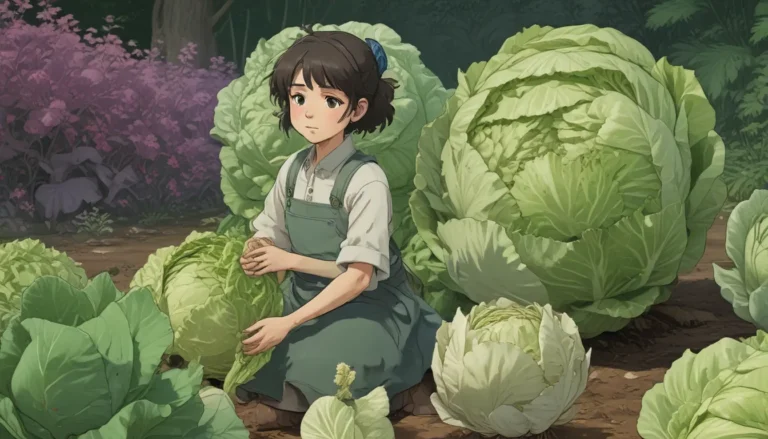Are Insects Ruining Your Greens? Here’s What You Need to Know

As a dedicated gardener, one of the most frustrating experiences is discovering that insects have been munching on your beloved greens. The burning question that usually follows is whether those greens are still safe to eat. In many cases, the answer is a resounding yes, but there are instances where caution is warranted.
Let’s delve into the nuances of this topic and explore how you can navigate through this situation without compromising your health or the integrity of your harvest.
What You’ll Learn
- Are Greens with Holes in Them Safe to Eat?
- When to Avoid Greens That Have Holes
- The Dangers of Raw Slugs and Snails
- Tips for Treating Your Leafy Greens with Care
Are Greens with Holes in Them Safe to Eat?
If you find your leafy greens bearing the telltale signs of insect infestation, such as chewed holes, fear not. As long as you diligently inspect and remove the damaged portions, your greens should still be edible.
However, it’s essential to exercise caution and be mindful of specific scenarios where consuming damaged greens could pose risks to your health.
When to Avoid Greens That Have Holes
While insects munching on your greens may not necessarily render them unsafe for consumption, other wildlife poses more significant threats.
For instance, the presence of mammal excrement, such as deer or rabbit droppings near your greens, should be cause for concern. These animals can harbor dangerous strains of bacteria like E. coli and Salmonella, which can lead to severe illnesses when ingested.
Additionally, cat droppings can introduce the parasite responsible for toxoplasmosis, a potentially harmful infection that can have adverse effects, especially on vulnerable populations like pregnant women.
Therefore, it’s best to err on the side of caution and avoid consuming greens that have been exposed to potential sources of contamination from wildlife.
The Dangers of Raw Slugs and Snails
While cooked escargot might have a place in gourmet cuisine, raw slugs and snails are a different story altogether. These slimy creatures can carry a parasitic infection known as rat lungworm, which poses significant health risks to humans.
In rare cases, this parasite can travel to the brain, resulting in severe complications like paralysis and even death. Given the potential dangers associated with these creatures, it’s crucial to exercise caution and avoid consuming them raw.
Treat Your Leafy Greens with Care
When it comes to safeguarding the safety of your leafy greens, cleanliness is key. Always make sure to thoroughly wash your harvested produce, especially if you suspect the presence of insects or other pests.
By following these simple yet effective practices, you can enjoy your homegrown greens with peace of mind, knowing that you’ve taken the necessary steps to protect your health.
Final Thoughts
As a passionate gardener, encountering pests in your greens is an inevitable part of the journey. However, armed with knowledge and a proactive approach, you can navigate these challenges with confidence.
Remember, when in doubt, always prioritize your health and well-being by exercising caution and taking necessary precautions to ensure the safety of your harvest. Your commitment to maintaining high standards of hygiene and cleanliness will undoubtedly pay off in the form of delicious, nutritious greens that you can enjoy with peace of mind.
Have you had any experiences with insect damage in your garden? How did you handle the situation? Share your thoughts in the comments below!
For more insights on growing leafy greens and cultivating a thriving garden, check out the following resources:
– Mastering the Art of Growing Lettuce
– Unlocking the Secrets of Growing Spinach
– Elevating Your Garden with Lush Kale
Remember, a little TLC and vigilance go a long way in ensuring your greens remain safe and delectable. Happy gardening!
Thank you for reading!





